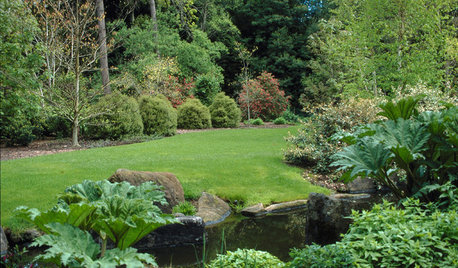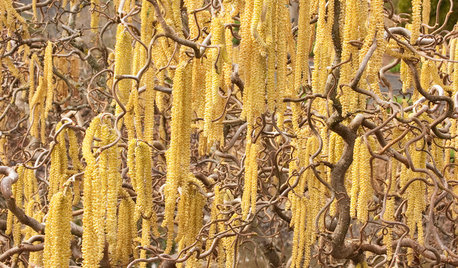Beetles everywhere
JoppaRich
10 years ago
Related Stories

COOL-SEASON CROPSCool-Season Vegetables: How to Grow Potatoes
This ever-popular tuber is a stalwart in spring and fall gardens and a staple in kitchens everywhere
Full Story
GARDENING GUIDESYou Don't Need Prairie to Help Pollinators
Woodlands, marshes, deserts — pollinators are everywhere
Full Story
GARDENING GUIDES6 Plants That Beat Butterfly Bush for the Wildlife Draw
It's invasive, a nonnative and a poor insect magnet. Check out these better alternatives to butterfly bush in the garden
Full Story
GARDENING GUIDESLessons in the Rewards of Selfless Gardening
Let go of gardening for your own vision and watch the garden’s own true vision come forth
Full Story
GARDENING AND LANDSCAPINGBe a Citizen Scientist to Help Wildlife, Learn and Have Fun Too
Track butterflies, study birds, capture stars ... when you aid monitoring efforts, you’re lending Mother Nature a hand
Full Story
GARDENING GUIDESGreat Design Plant: Asclepias Incarnata for a Butterfly Garden
Beautiful swamp milkweed makes it easy to help monarchs and other pollinators in eastern U.S. gardens
Full Story
GARDENING GUIDESGreat Design Plant: Harry Lauder's Walking Stick
"Gnarly" is a compliment here — a twisted form and yellow catkins make this plant unforgettable in the winter landscape
Full Story
GARDENING GUIDESWhat Are Your Spring Gardening Plans?
Tearing out the lawn? Planting edibles? Starting from scratch? Tell us what you plan to change in your garden this year
Full Story
GARDENING GUIDESWe Bust 4 More Native Plant Myths
Have you been taken in by these fallacies about gardening with native plants?
Full Story
GARDENING GUIDESWhat Kind of Roses Should You Grow?
Want to add the beauty of roses to your garden? Find out which ones, from old-fashioned to modern, are right for you
Full Story







JoppaRichOriginal Author
mrsg47
Related Professionals
Beachwood Landscape Architects & Landscape Designers · East Rancho Dominguez Landscape Architects & Landscape Designers · Erie Landscape Architects & Landscape Designers · Foothill Ranch Landscape Architects & Landscape Designers · Palm Springs Landscape Architects & Landscape Designers · Aurora Landscape Contractors · Bedford Heights Landscape Contractors · Commack Landscape Contractors · Euclid Landscape Contractors · Hilton Head Island Landscape Contractors · Long Branch Landscape Contractors · Nutley Landscape Contractors · South Hackensack Landscape Contractors · West Haverstraw Landscape Contractors · Yukon Landscape ContractorsJoppaRichOriginal Author
meredith_e Z7b, Piedmont of NC, 1000' elevation
larry_gene
geosankie
MrClint
alan haigh
drew51 SE MI Z5b/6a
alan haigh
alan haigh
drew51 SE MI Z5b/6a
meredith_e Z7b, Piedmont of NC, 1000' elevation
alan haigh
gator_rider2
drew51 SE MI Z5b/6a
alan haigh
larry_gene
alan haigh
bamboo_rabbit
JoppaRichOriginal Author
larry_gene